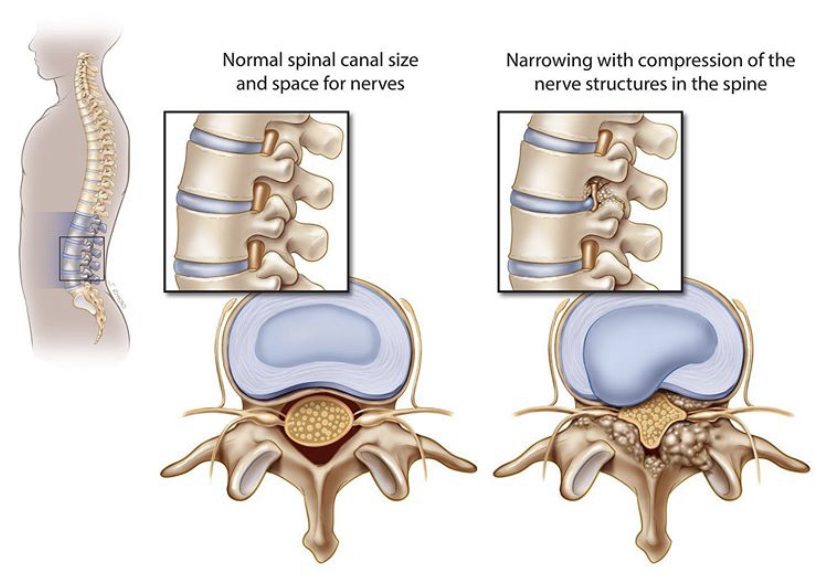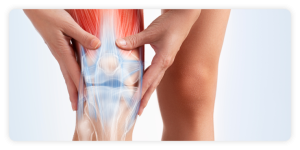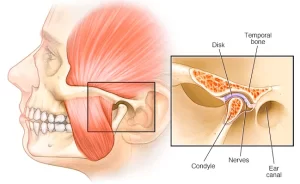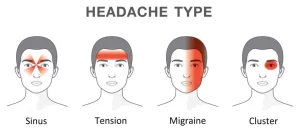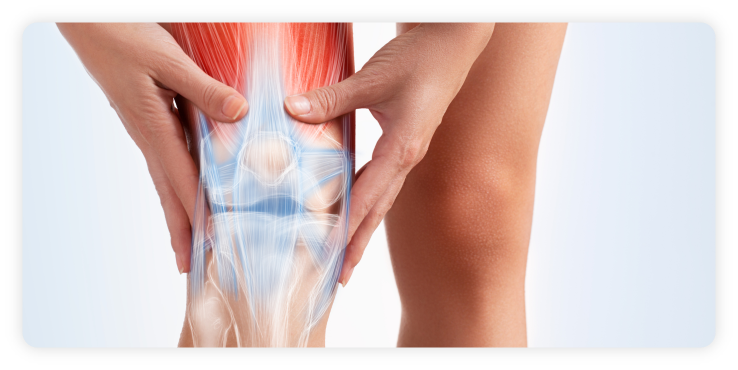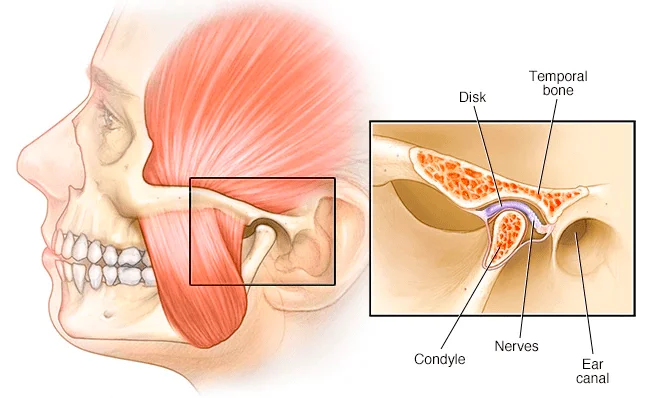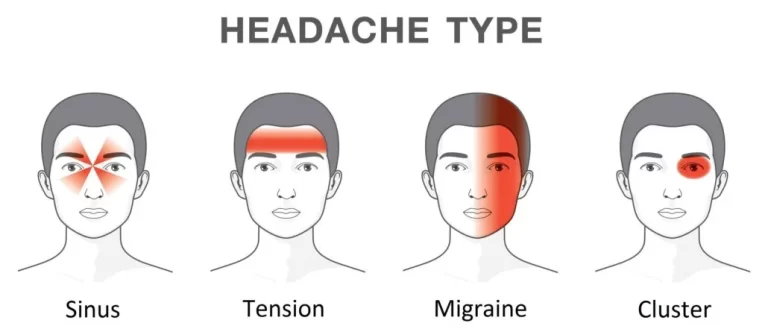What is Spinal Stenosis?
Spinal Stenosis is the narrowing of the spaces within the spine which then puts pressure on the nerves that travel through the spine called spinal cord or that exit from the spine called spinal nerves. Spinal stenosis is most commonly caused by wear and tear changes in the spine related to aging. The types of Spinal Stenosis are classified according to where on the spine the condition occurs.
There are two main types of Spinal Stenosis:
– Cervical stenosis is when the narrowing occurs in the part of the spine in the neck.
– Lumbar stenosis (most common) is when the narrowing occurs in the part of the spine in the lower back.
In some cases, individuals with spinal stenosis may benefit from working with a chiropractor in Singapore as part of a broader care approach focused on mobility and symptom management.
Causes of Spinal Stenosis
Some causes of Spinal Stenosis may include:
– Overgrowth of bone. Wear and tear damage from osteoarthritis on the spinal bones can prompt the formation of bone spurs which can grow into the spinal canal. Anyone over the age of 50 is at risk.
– Herniated discs. A herniated disc may allow some of the soft inner material to escape and press on the spinal cord.
– Thickened ligaments. Ligaments of the spine can become stiff and thickened over time, bulging into the spinal canal.
- Tumours. Abnormal growths can form inside the spinal cord compressing it. These are uncommon and identifiable on spine imaging with an MRI or CT scan.
– Spinal injuries. Car accidents and other trauma can cause dislocations or fractures to one or more vertebrae. Displaced bone from a spinal fracture may damage the spinal cord. Swelling of nearby tissue immediately after back surgery also can put pressure on the spinal cord or nerves.
Spinal Stenosis Treatment
Manual therapy can help improve the mobility of the spine and the dynamics of the nerves reduces the pressure on the spinal cord and nerves. It also helps to lessen the muscle tension caused by the condition and the poor spinal mobility. Regular exercise can help build and maintain strength in the muscles of the arms and legs. This will improve balance, ability to walk, bend, move about as well as control pain. A physical therapist can show which exercises are right. If in doubt, please seek professional advice.
Navigating Spinal Stenosis Management
If you have been diagnosed with spinal stenosis or are experiencing symptoms such as back pain or nerve-related discomfort, a clinical consultation may help clarify your condition and guide appropriate care options. To explore available support, visit our chiropractic clinic in Singapore.
